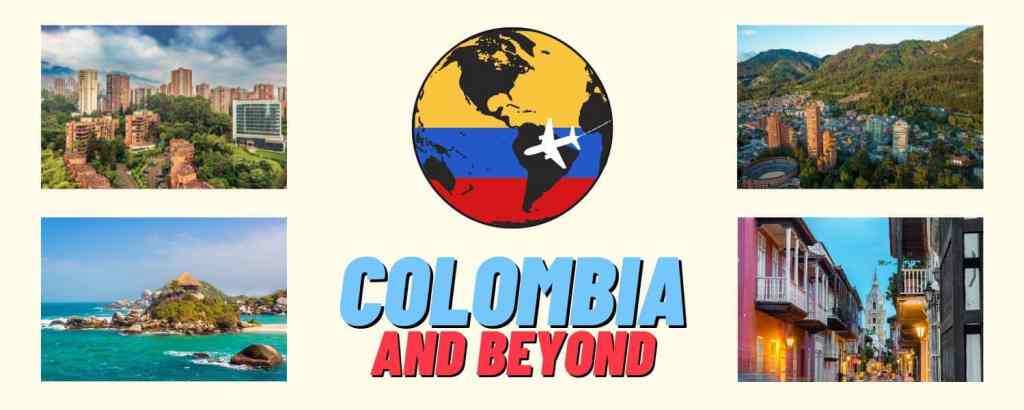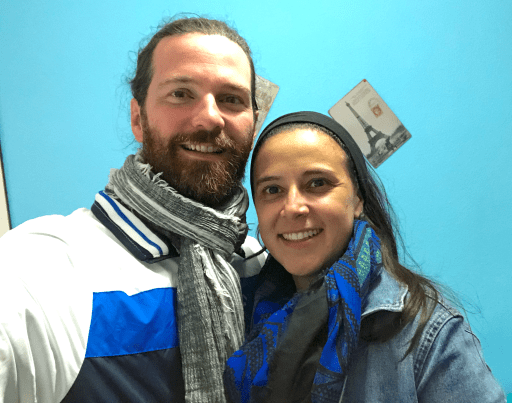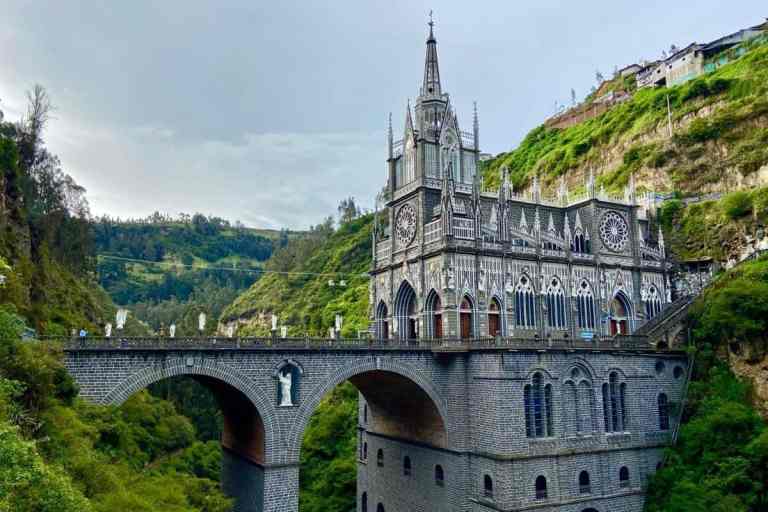
Recent Posts

About Us
We are Scott and Paula, a married couple who love to travel.
We both have a connection to Colombia (Paula was born there and lived there until the age of 16, and Scott lived there for a total of two years between 2010 and 2014), and we share a deep love for it and try to go there as much as possible.
We started this travel blog so that we could share our love for Colombia with you and help you find the best places to visit when you’re there.
Thanks for coming along with us!



